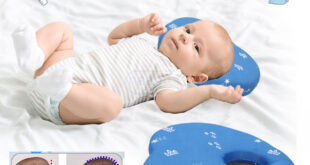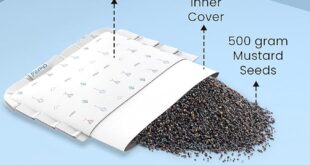Baby Walker
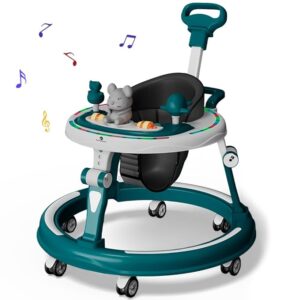
A Baby Walker is a device that can be used by infants who cannot walk on their own to move from one place to another. Modern baby walkers are also for toddlers. They have a base made of hard plastic sitting on top of wheels and a suspended fabric seat with two leg holes.
What is a Baby Walker?
A baby walker is a device used to support infants who are learning to walk. It typically consists of a seat suspended by a frame that allows the baby’s feet to touch the ground and wheels that enable movement.
How to choose Baby Walker
Safety First
JPMA or BIS Certification: Check if it meets safety standards (e.g., JPMA in the US, BIS in India).
Wide base: A wide base prevents tipping and reduces the chance of the walker fitting through doorways or reaching unsafe areas.
Wheel locks/brakes: To control mobility and prevent falls.
No sharp edges: Ensure smooth finishing and no small detachable parts.
Non-toxic materials: BPA-free plastic and lead-free paint are a must.
Types of Baby Walkers
Seated Walkers
- Most common type.
- Baby sits in a fabric seat with leg holes.
- Comes with wheels and often a play tray.
Sit-to-Stand Walkers (Push Walkers)
- Baby pushes the walker while walking.
- More recommended for motor development.
- No seat; baby stands behind it.
shop now
Convertible Walkers
- It can be used both as a seated walker and a push walker.
Push Walker with Play Piano, Lights, Rattles & Tummy Time Mat for Babies & Toddlers (Multicolour)
shop now
Benefits (When Used with Supervision)
- Keeps baby entertained (many have toys/music).
- May encourage leg movement and motor activity.
- Allows limited mobility before the baby can walk.
Risks and Safety Concerns
- Delayed motor development (can skip the crawling stage).
- Falls—walkers can tip over or roll down stairs.
- Access to hazards (can reach higher surfaces).
- Injury—Many countries have issued warnings; Baby Walkers are banned in Canada.
What to Look for When Buying
Safety Features
Wide base to prevent tipping.
Friction strips or wheel locks.
JPMA or BIS certification.
Comfort and Adjustability
Padded seat.
Adjustable height.
Engaging Toys
Built-in activity tray.
Sounds/lights (optional).
Foldable Design
Easy to store or travel with.
Recommended Age
Generally, only 6 to 12 months, if the baby can sit up unassisted.
Always check the manufacturer’s age/weight recommendations.
When Can Babies Use Walkers?
Babies can start using walkers safely between 4 and 16 months, when they try to stand or walk.
What Should Baby Be Able to Do First?
Your baby should be able to sit on their own and hold their head up well before using a walker.
Safety Tips for Using a Walker:
Always keep an eye on your baby while they’re in the walker.
Let them use it only for 20 to 30 minutes at a time.
Use it only on flat, smooth floors to avoid falls or accidents.
What to Look for in a Good Walker:
Strong and stable frame
Height that can be adjusted
Brakes for safety
Wide base so it doesn’t tip over easily
Other Safe Options Instead of Walkers:
Activity centers
Push toys
Letting your baby play on the floor
These help babies learn to move and grow safely.
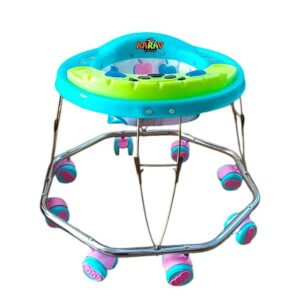
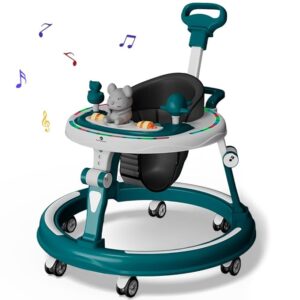
Additional Tips
-
Always supervise your baby while using a walker.
-
Avoid using walkers near stairs, kitchens, or pools.
-
Limit walker use to 15–20 minutes at a time to avoid hip strain.
Budget
-
Set a budget, but don’t compromise on safety. A good walker usually ranges from ₹2,000 to ₹6,000 in India, depending on features.
 forbaby.in All Products which your Baby Deserves
forbaby.in All Products which your Baby Deserves
